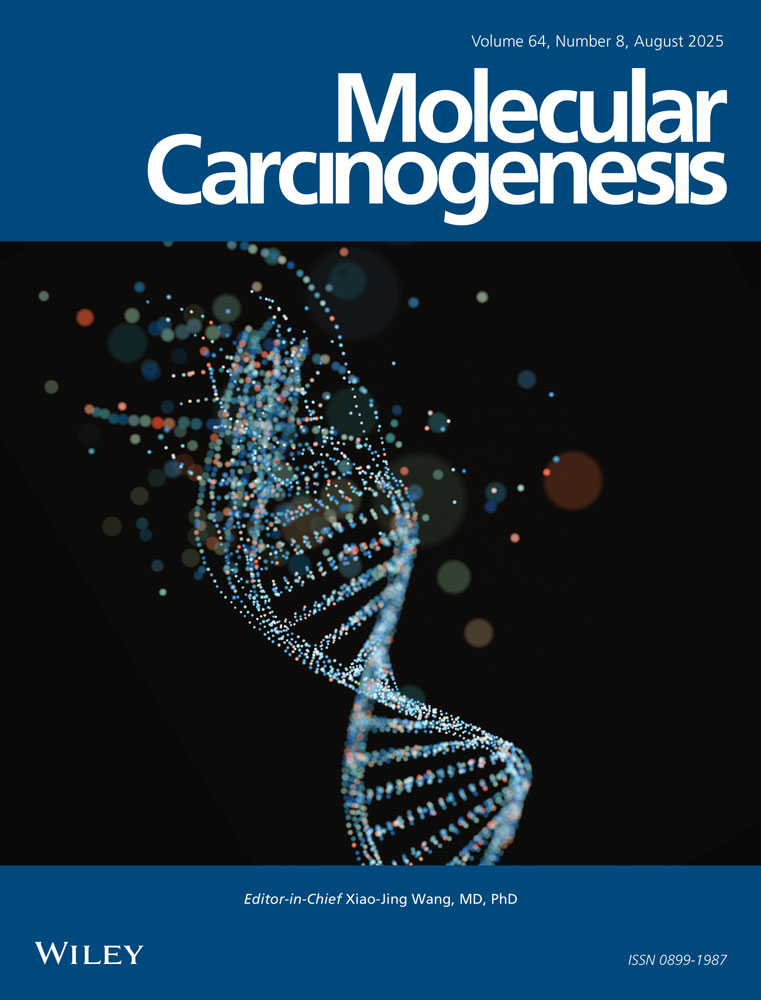Molecular cloning of human hic-5, a potential regulator involved in signal transduction and cellular senescence
Abstract
By using differential display, we cloned the human counterpart of the murine gene Hic-5 from senescent human keratinocytes. The full-length cDNA contained a short GC-stretch proceeding a consensus Kozak sequence followed by a single open reading frame of 1338 bp encoding a 461–amino acid protein with a predicted molecular weight of 50 kDa. The expression of this gene was prominent in cells of epithelial origin but low or absent in lymphoid tissues and hematopoietic cells. The deduced protein contained four LIM domains at the carboxyl-terminal end and four LD motifs at the amino-terminal half, sharing high similarities with the focal adhesion protein paxillin. Hic-5 may therefore function, like paxillin, as a potential adapter for the recruitment of structural and signaling molecules to certain subcellular sites or in focal adhesions. Isolation of the genomic sequence revealed that the gene covered a segment of 6 kb and spanned 11 exons from the translation initiation site ATG to the termination signal TGA. Fluorescent in situ hybridization by using a human Hic-5 specific probe localized the gene to human chromosome 16p11. Mol. Carcinog. 27:177–183, 2000. © 2000 Wiley-Liss, Inc.




